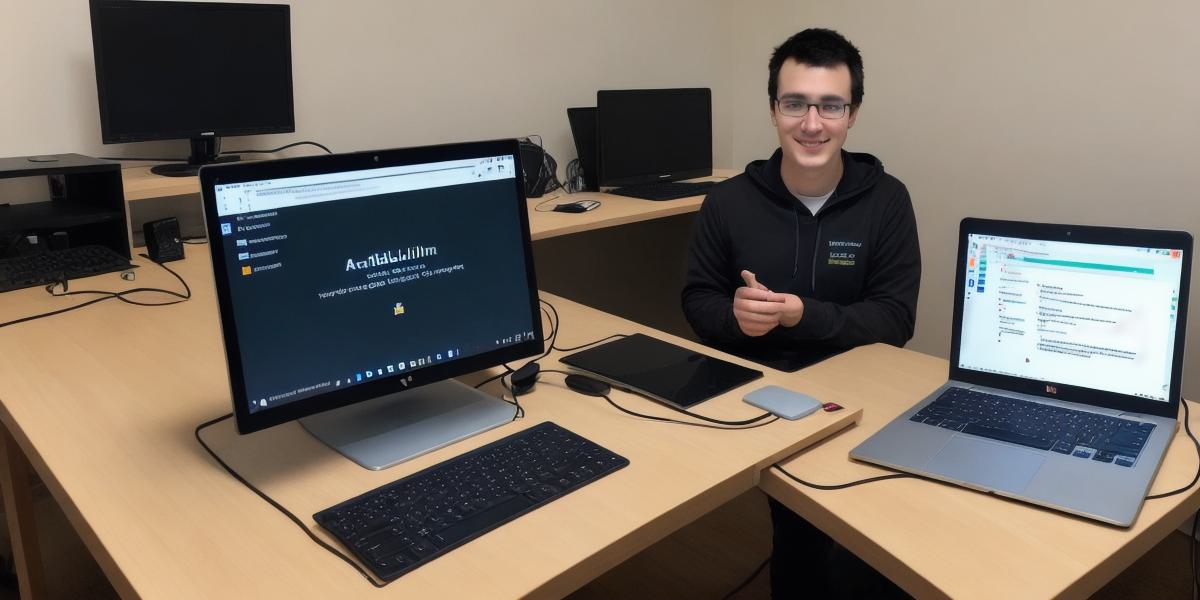If you’re an aspiring Android developer, learning Kotlin is a must. Not only does it make your code more readable and maintainable, but it also offers a wide range of features that can help you create more efficient and powerful apps. In this article, we will walk you through the steps to learn Android development with Kotlin.
- Understanding Kotlin Basics
Before you dive into Android development, it’s important to have a basic understanding of Kotlin programming. You can start by taking an online course or tutorial that covers the basics of Kotlin syntax and data types. Some popular resources include:
- Udemy: Kotlin Programming for Beginners
- Codecademy: Learn Kotlin
- Coursera: Kotlin Programming Specialization
Once you’ve got a grasp on the basics, move on to more advanced topics like functions, classes, and objects.
- Setting Up Your Development Environment
To start Android development with Kotlin, you need to set up your development environment. Here are the steps:
Step 1: Install Android Studio
Android Studio is the official integrated development environment (IDE) for Android app development. It comes with a built-in code editor, debugging tools, and a range of other features that can help you create and test your apps. You can download it from the official website.
Step 2: Set Up Your Project
Once you’ve installed Android Studio, create a new project by selecting "Empty Activity" and choosing Kotlin as the programming language. Give your project a name and choose the minimum SDK version.
- Building Your First App
Now that you have your development environment set up, it’s time to build your first app. Start by creating a simple UI with buttons, text views, and other basic elements. Then, add some functionality to your app using Kotlin code. Here are the steps:
Step 1: Write Your Code
Open your project in Android Studio and navigate to the "MainActivity.kt" file. Start by declaring variables for your UI elements and creating functions to interact with them. For example, you can create a function that changes the text of a button when clicked.
<h2>class MainActivity : AppCompatActivity() {</h2>
private lateinit var btn: Button
override fun onCreate(savedInstanceState: Bundle?) {
super.onCreate(savedInstanceState)
setContentView(R.layout.activity_main)
// Declare UI elements and their IDs
val btn findViewById<Button>(R.id.button1)
// Set onClickListener for button
btn.setOnClickListener {
// Change text of button when clicked
btn.text "Button Clicked!"
}
}
 }
}Step 2: Run Your App
Once you’ve written your code, run your app on an emulator or a real Android device to test it out. Make sure everything is working as expected and that there are no errors in the console.
- Advanced Topics
Now that you’ve got the basics of Android development with Kotlin down, let’s dive into some advanced topics. Here are a few things to consider:
Room Database
Room is a SQLite database library for Android and Kotlin that makes it easy to store and manage data in your app.
